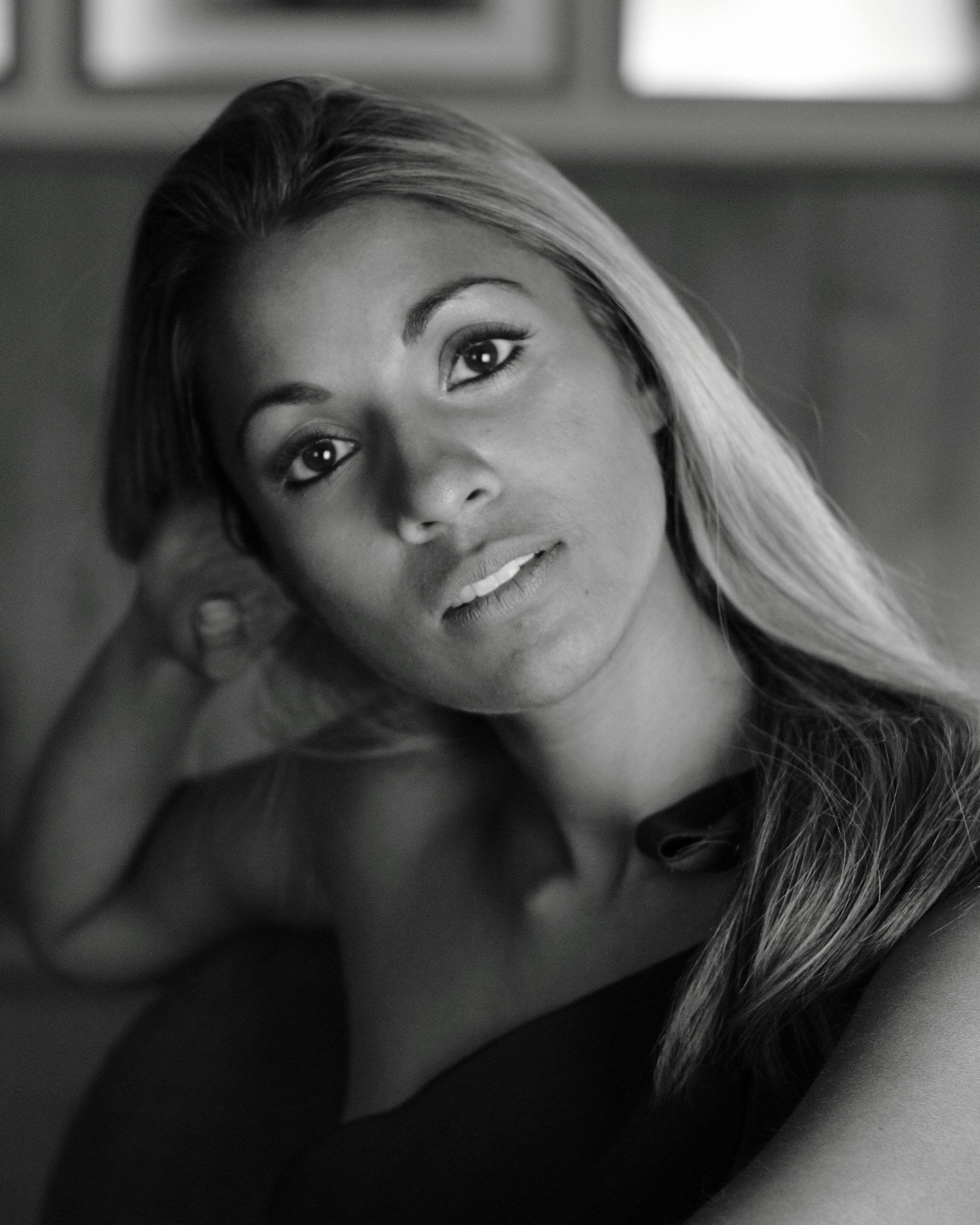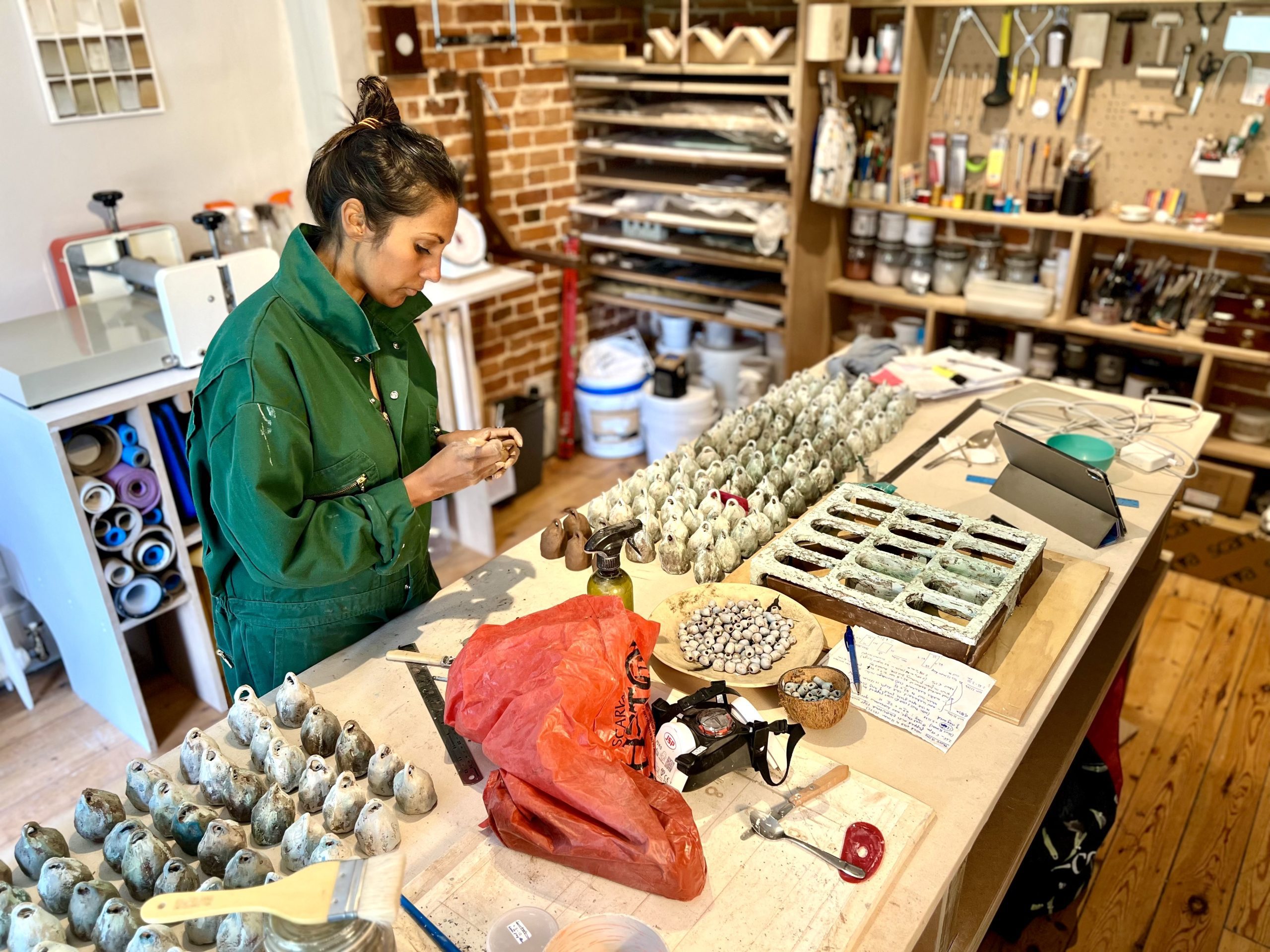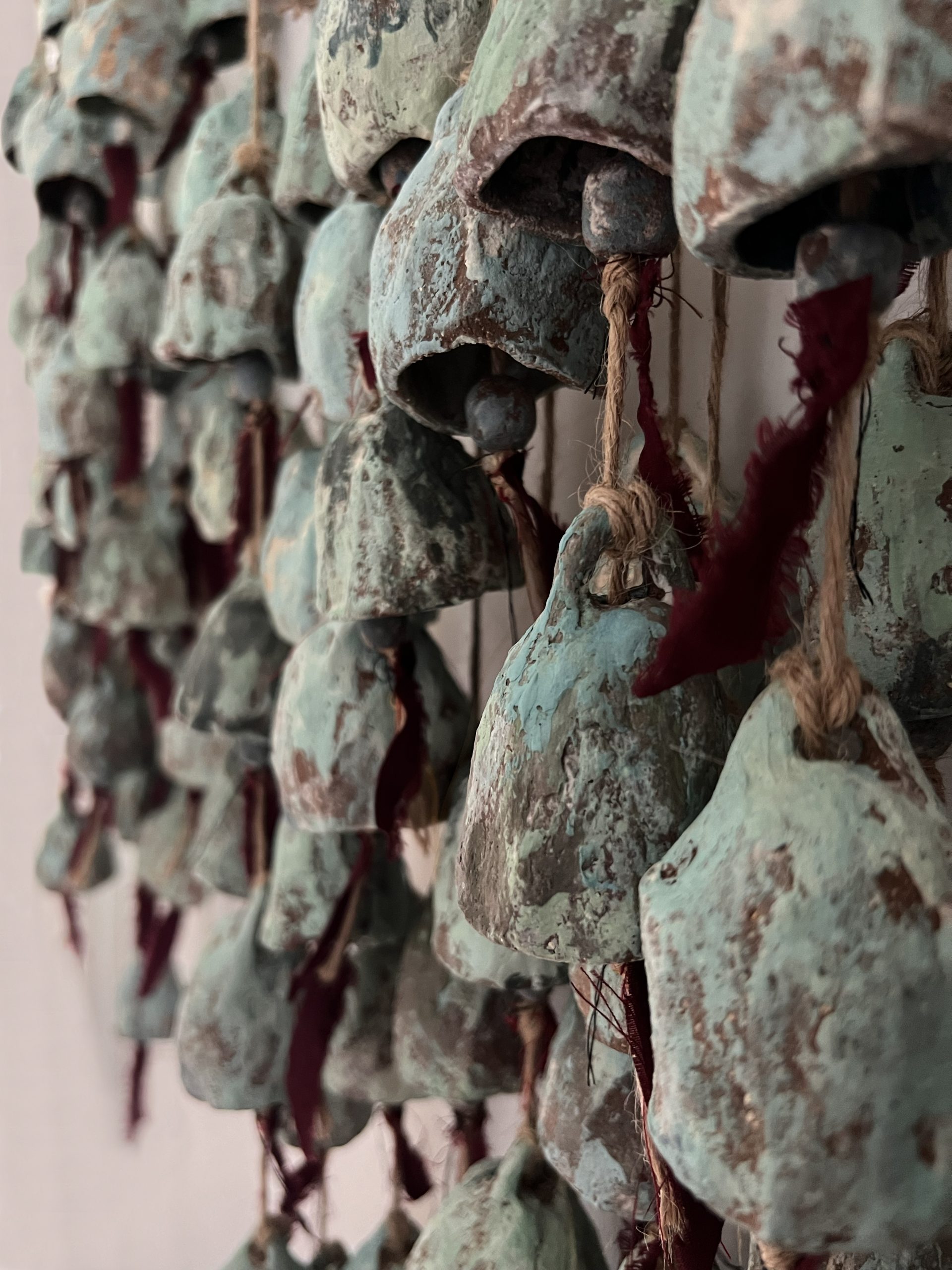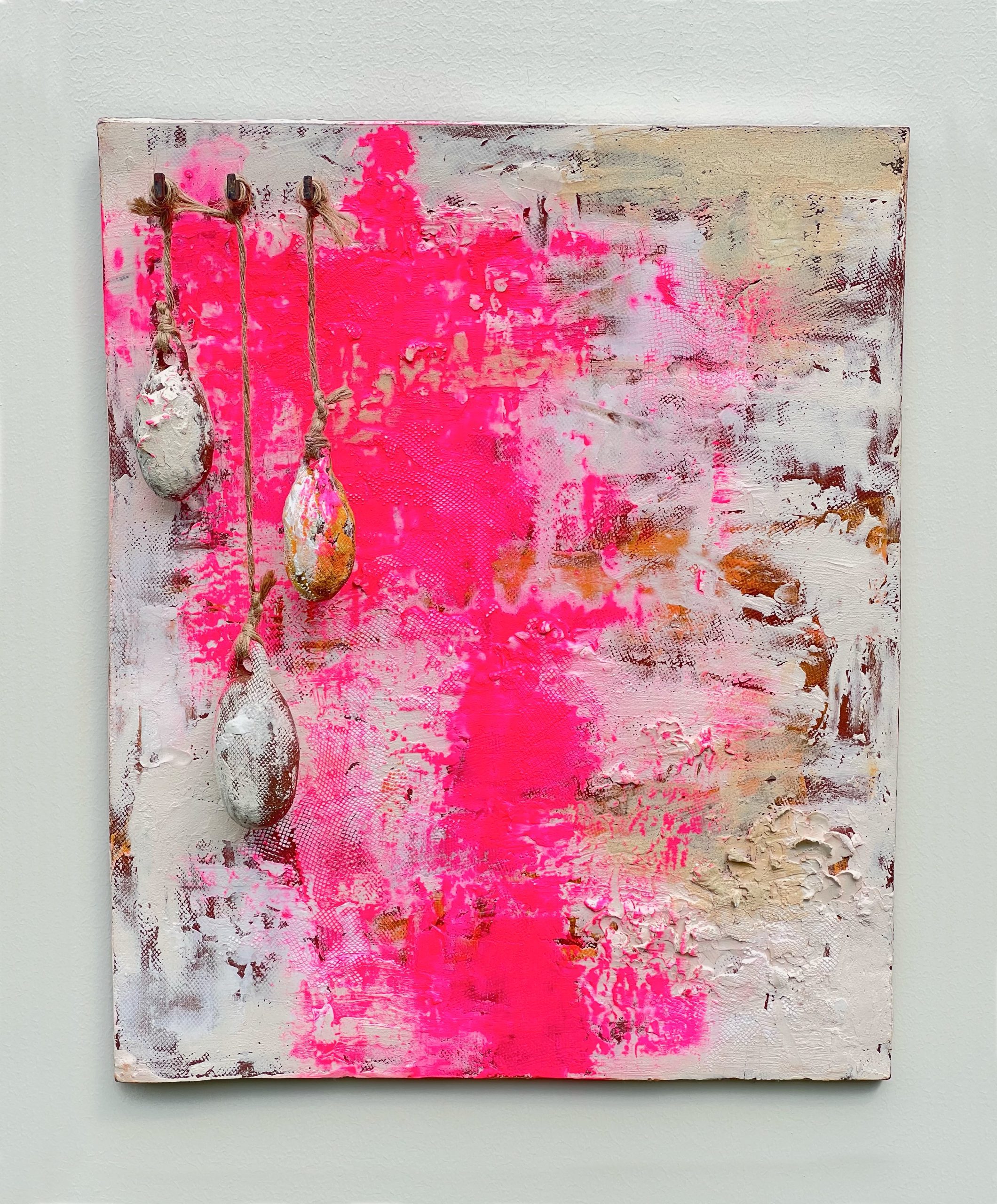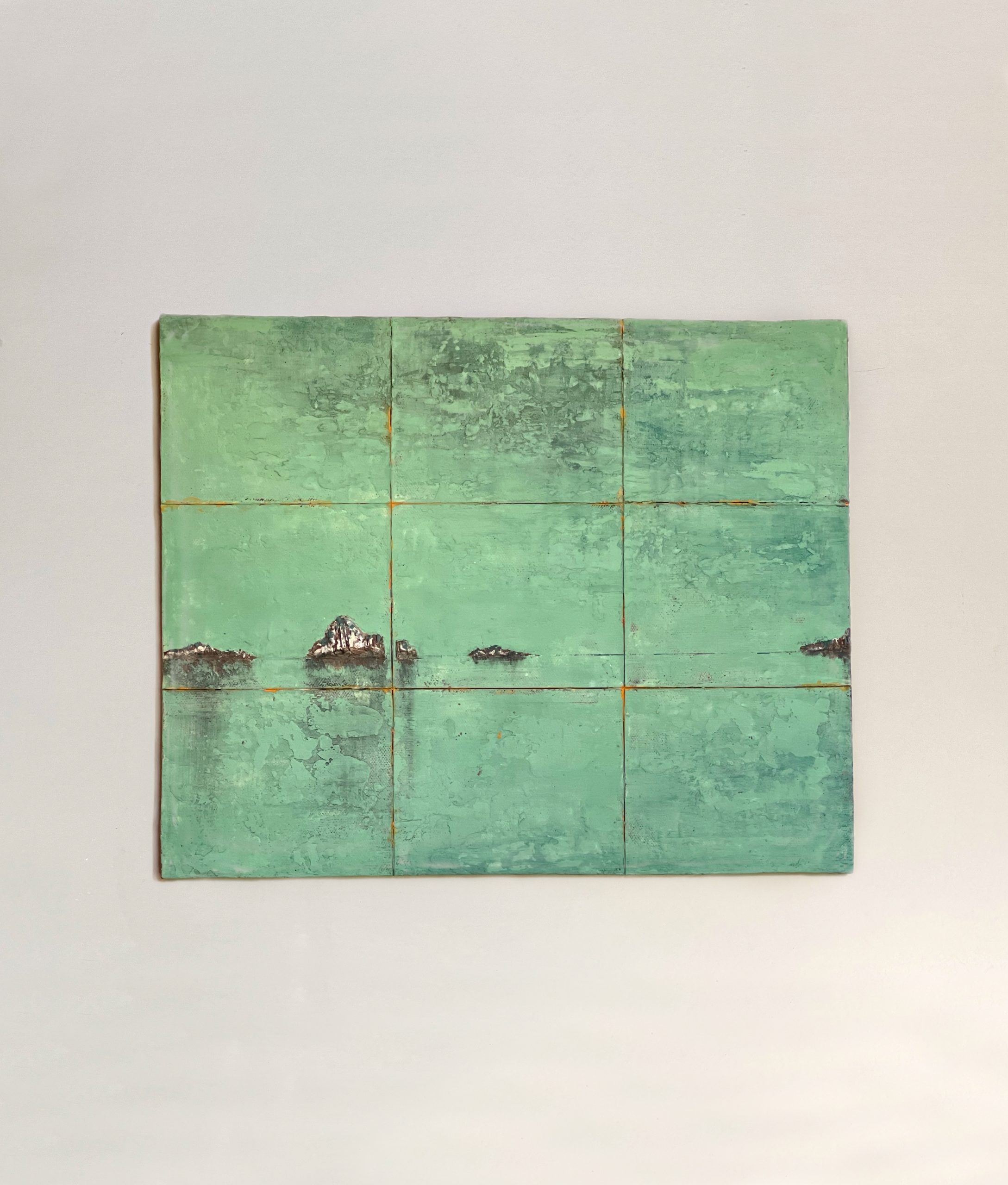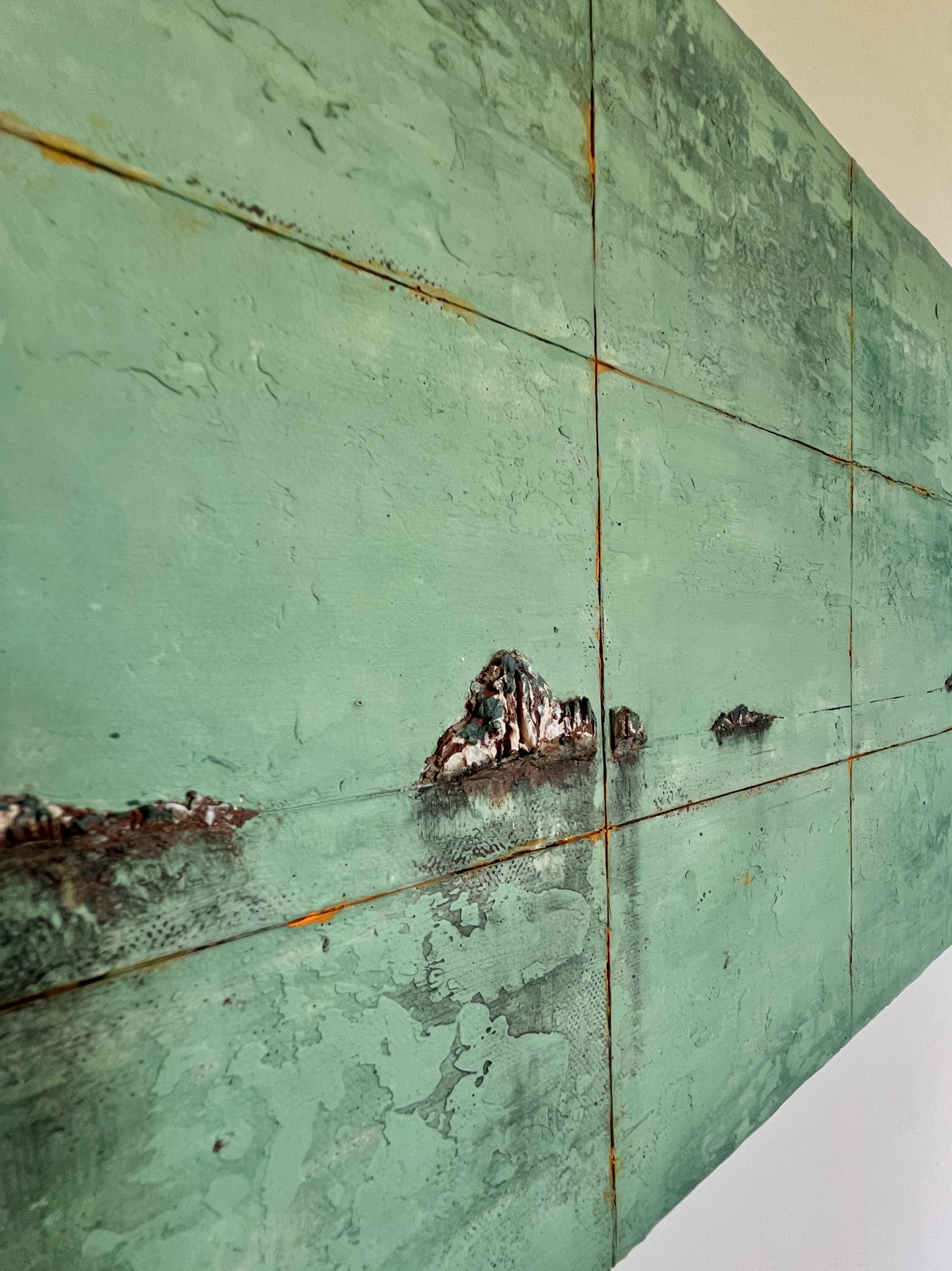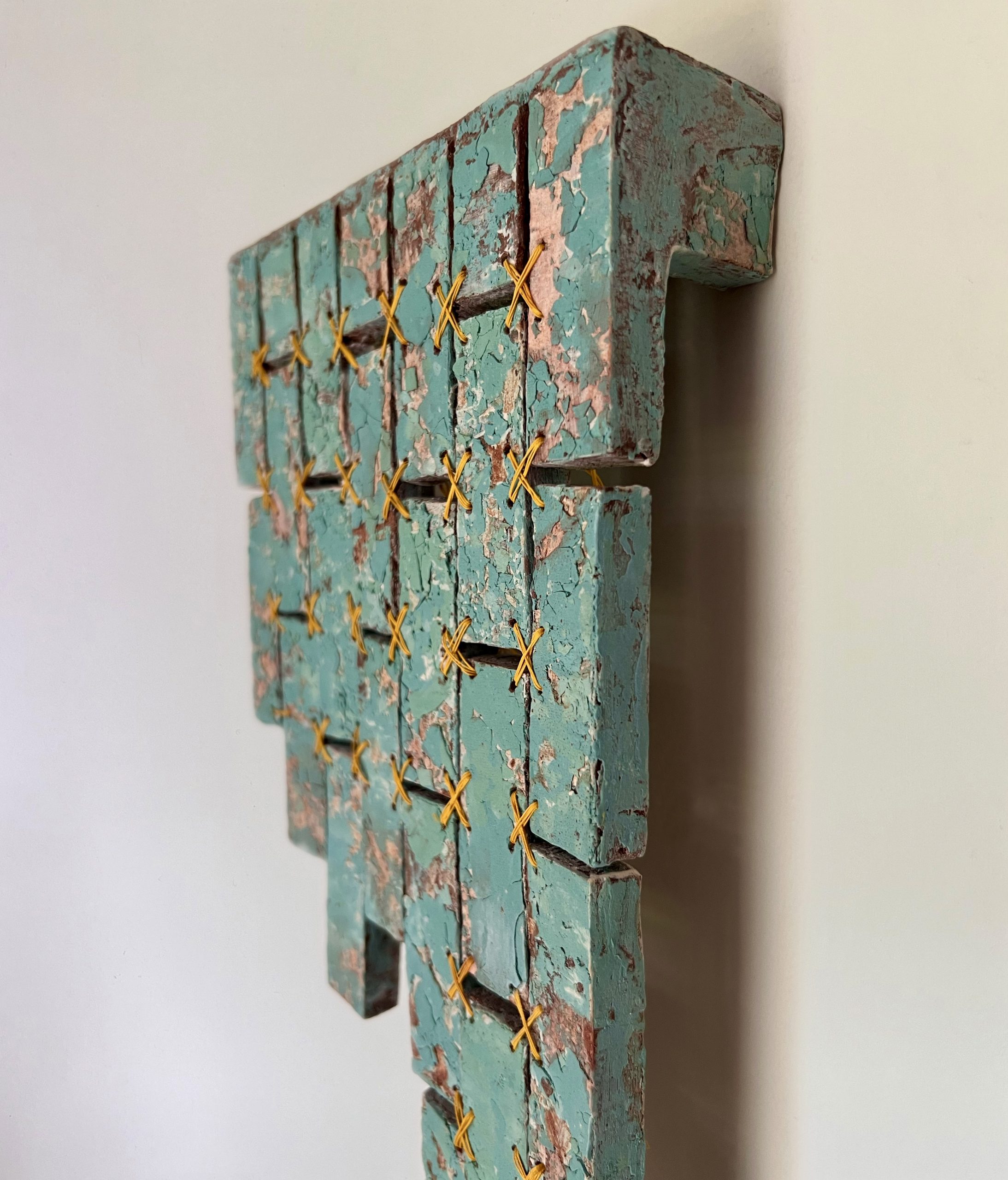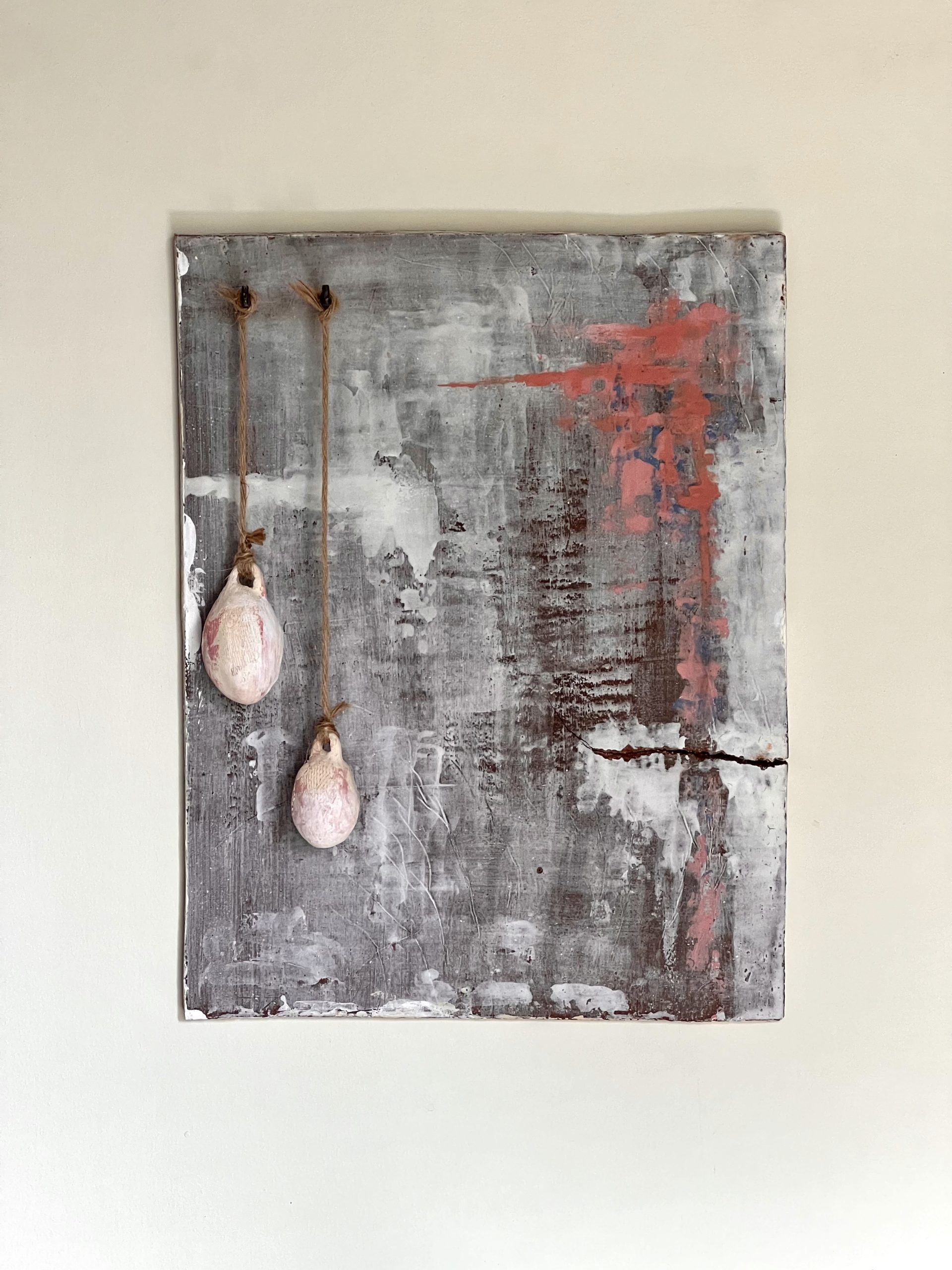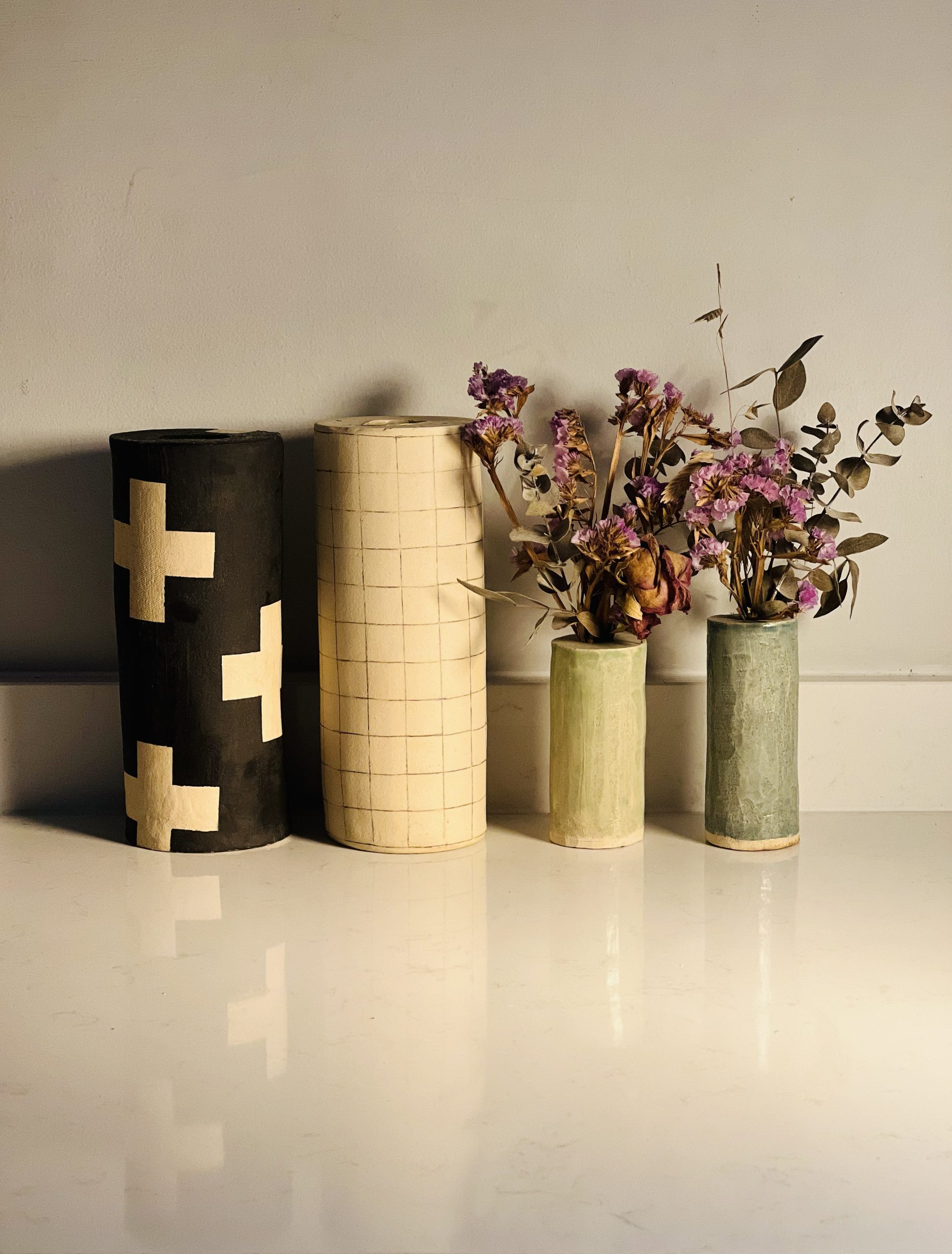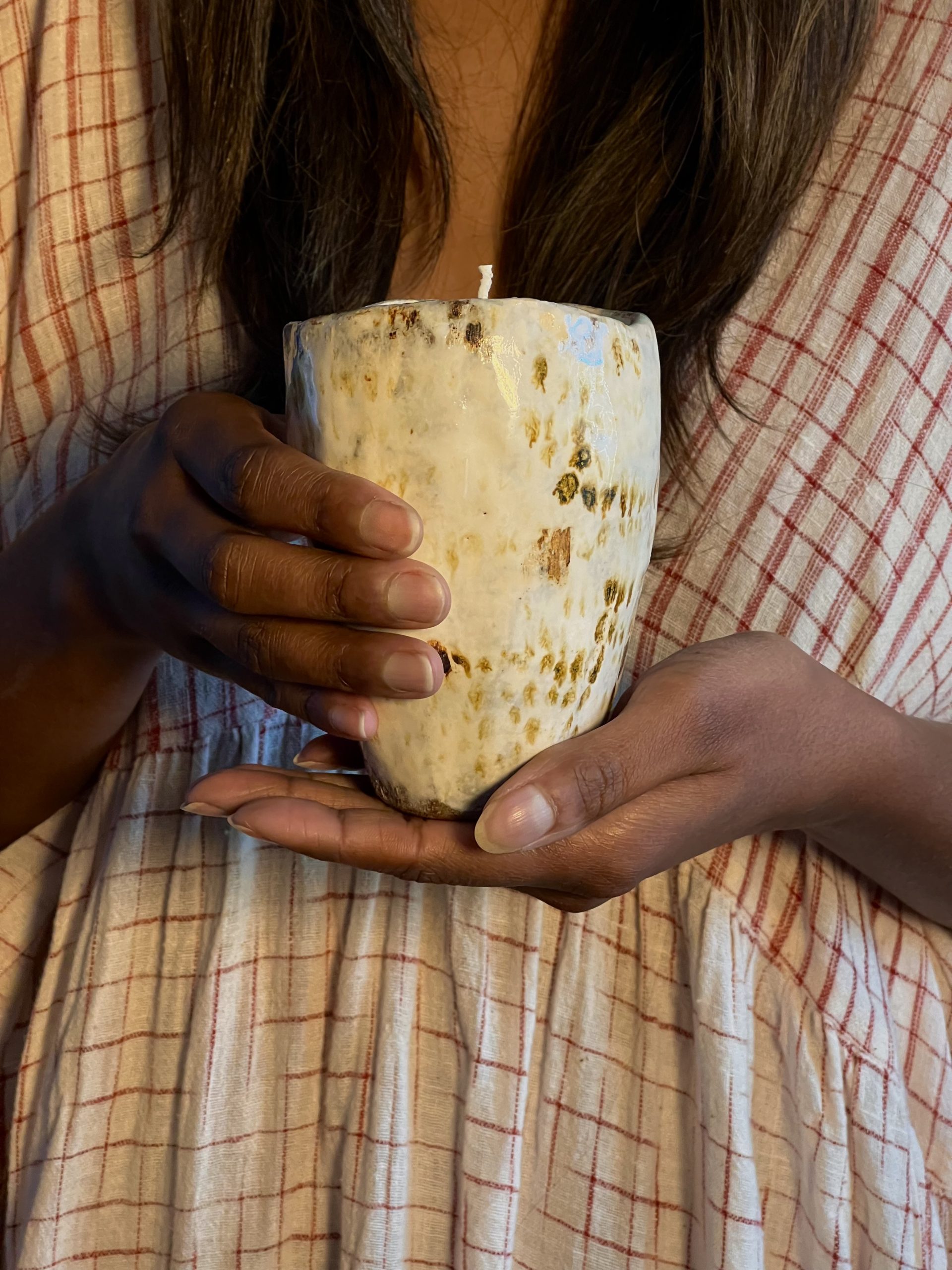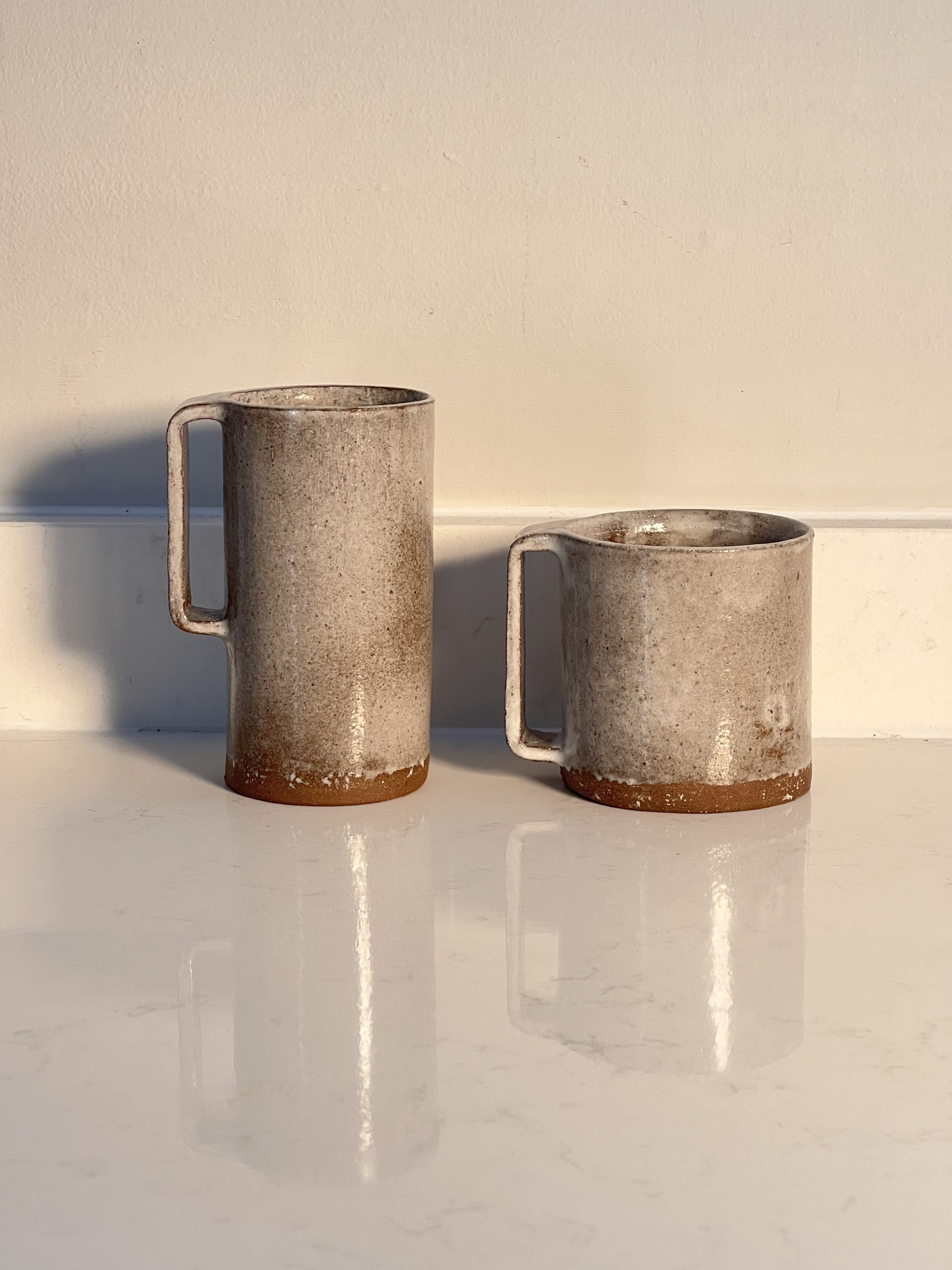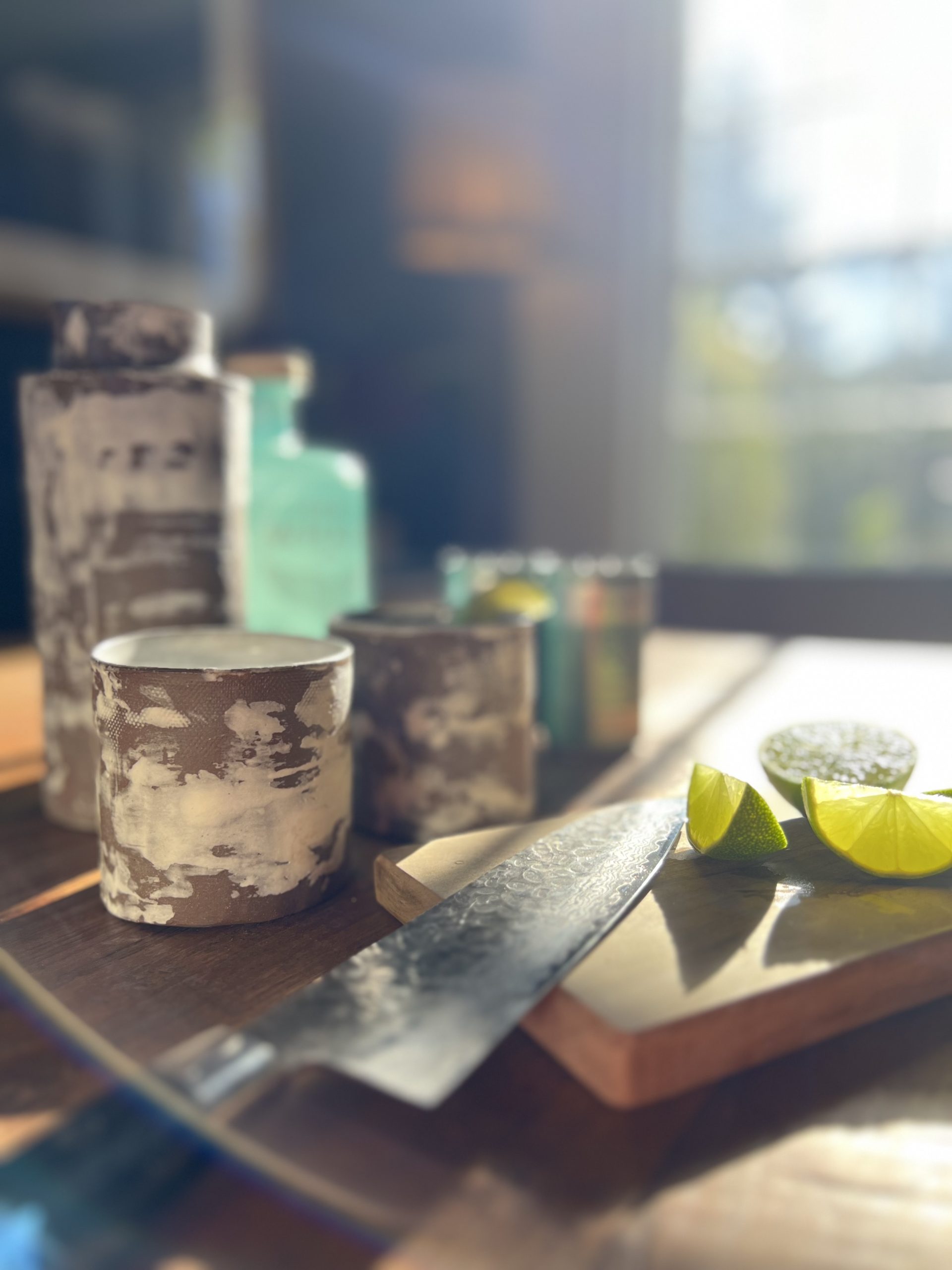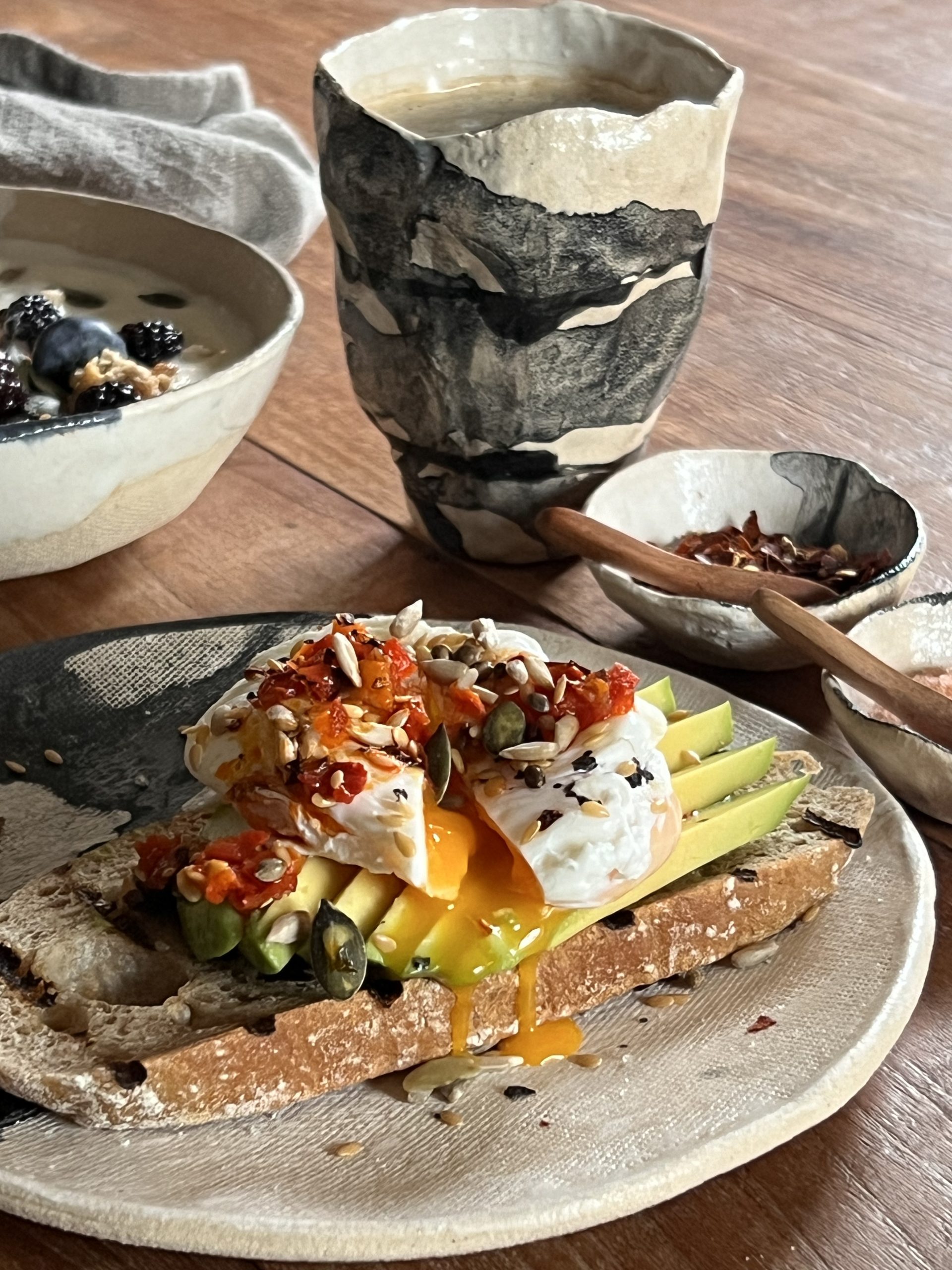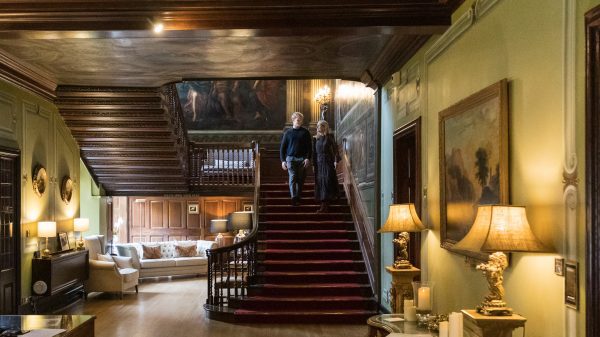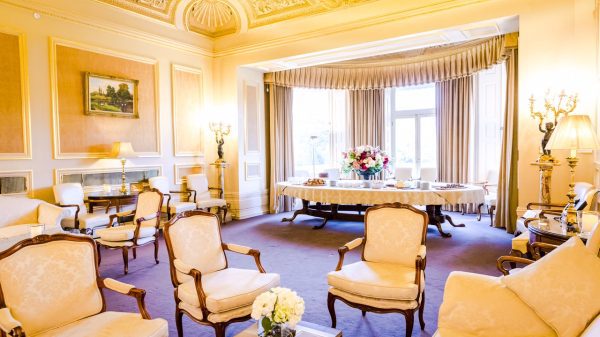Profile of Seetha Hallett, Ceramic Artist
Surrey-based Seetha Hallett is a ceramic artist specialising in sculptural wall panels and installation artworks. In the first of our series of spotlights on Surrey artisans and craftspeople, we chat with Seetha about her work and inspiration.
FP: Seetha, can you tell us about your career background and how you first got into ceramics?
The defining moment for me was actually as a child. I remember the first time a piece of clay was placed in front of me, and I saw unlimited possibilities.
The excitement came from knowing I could do anything with it, shape it into anything my imagination could conceive, and set it into a state of three-dimensional permanence. And there is an immediacy to clay; no tool needs to separate you from the medium. It’s a direct connection between your hand and the material, and within that response to touch, this simple soil from the ground can hold onto our expression.
I always think it’s a little resonant of a pianist playing a piece of music. How the pressure they use when striking keys impacts the audience’s emotions. A similar thing happens with clay; only the notes struck are held perpetually.
Once that love of ceramics was ignited, it continually burned. Even though, after university, events led me to become a television presenter, my passion for the art form never left me, and I continued to experiment with it.
Still, it was only when my husband’s career took us to Los Angeles that events conspired to give me the opportunity to explore it intensely. I studied throwing under an extraordinary potter and still throw frequently today.
It’s as much a meditation for me as it is a technique. But it was only when I started studying and experimenting with hand-building that I found my true place in ceramics. The form and surface are entirely unique to the maker’s individual touch and flow, unrepeatable…and afford a means for limitless expression.
FP: How would you describe your style and what sets your work apart in the ceramic art world?
Pinning down a specific style is difficult. My work is always influenced by my experiences, so my pieces respond to the ebbing and flowing of life. I can certainly elaborate on the themes that I’m exploring through clay. Entropy and temporal shifts play a big part in my narratives, and I like to create work that challenges the immutability of ceramics.
Clay is obviously fired, and at that moment, it becomes fixed, locked into a state of permanence, but I want the work to be ongoing and fluid long after it has left my studio.
As such, I sculpt the clay to provoke light and shadow that continually shifts the piece or encourages patination through other materials, elements that will change over time, blending modern and ancient sensibilities. While traditional aesthetics are often a starting point, I like playing with more contemporary approaches.
What sets my work apart is probably best determined by the eye of the beholder, but certainly, when people think about ceramic art, they often visualise vessels displayed on mantles, tables, and floors…whereas the majority of my current art is suspended from walls and ceilings.
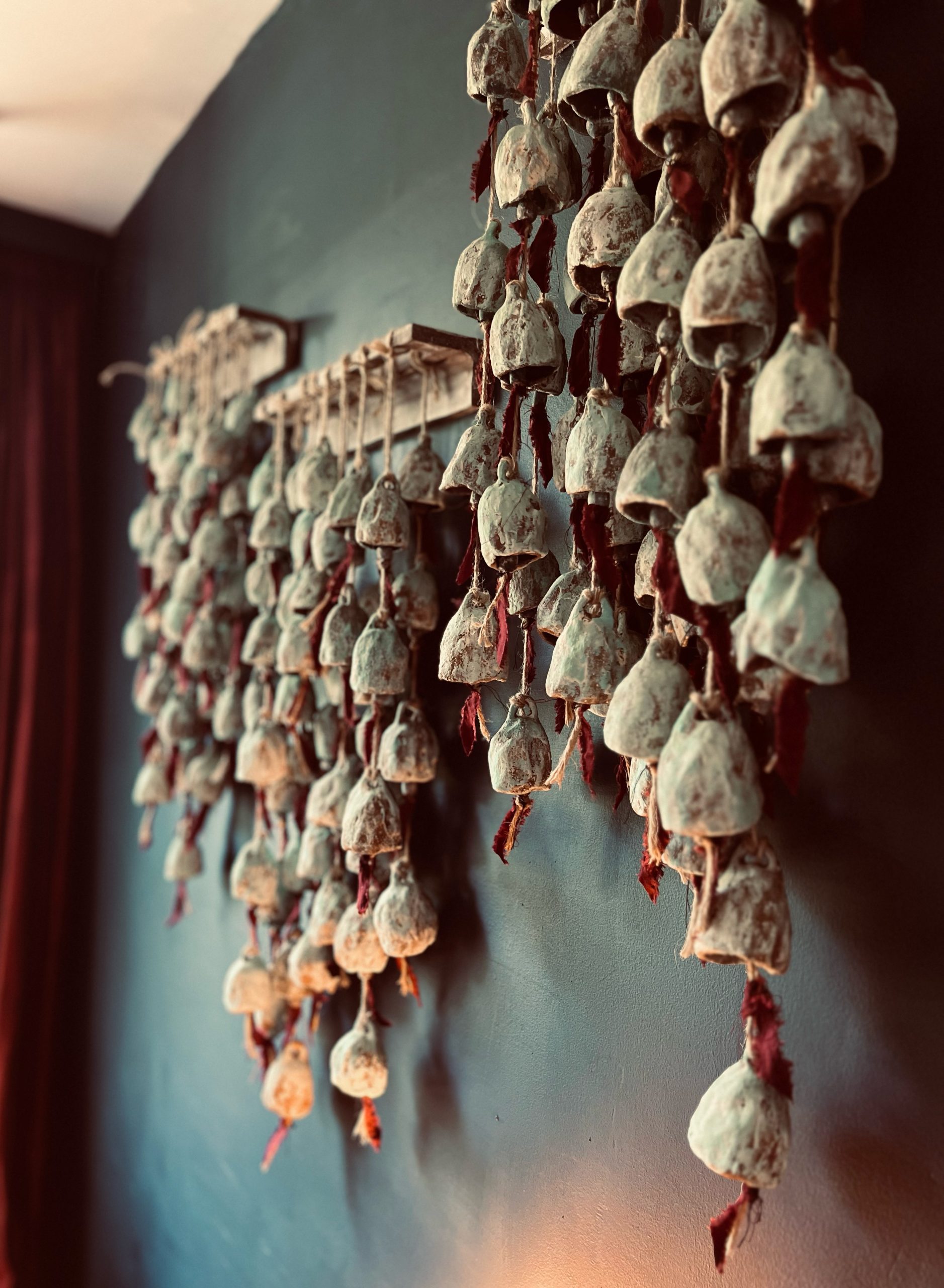
FP: What’s your creative process? Are there any techniques or materials you love working with?
It varies from piece to piece. Sometimes, I have a clear idea of what I’m trying to achieve and can almost visualise the piece, but other times, much like that first experience of sitting in front of clay, I like to see where the clay takes me.
That said, I always have a clear idea of a theme. Like a storyteller, I always try to keep the magnet at the end of the story present throughout the process. I know I’m not ready to start the work if I don’t have that gravitational pull, however amorphous, in my head.
Frequently, my work begins with sketches and mood boards. I sometimes produce a smaller version in which I can test the idea, the form, the colours and the impact of different firing temperatures. I like to push the limits of what is possible with clay. I sometimes shape and seam it into a canvas of sorts, where the initial form is large, flat and solid.
These three factors provoke risk and unpredictability, so I prescribe a sequence of care while I nurse the clay through these periods. One of my greatest joys is creating my own glazes and colours. Each artwork is months in the making, but sometimes, the experimentation and testing phase that eventually leads to the artwork can be even more protracted. For example, I recently produced 144 test tiles in search of one specific tone for a commission I’m working on.
I frequently progress the building of layers and texture beyond just the clay surface itself by intertwining other mediums with it – jute, hand-dyed cotton, torn silk, wrought iron…on my larger drop installations, days are spent knotting and stitching together the fired clay with other materials.
FP: Where do you draw inspiration? Which artists, places, or experiences influence your work?
Barbara Hepworth, Lucie Rie, Clare Twomey and Grayson Perry are incredible artists and are hard not to be inspired by. However, experiences are perhaps the most significant influence on me, and my work is a reflection of mine.
Whilst no one ever treads the same path, our responses to life are shared. My work is intended to communicate those shared responses. There is infinitely more uniting us than there is separating us. Our visceral replies bond us. When people look at my work, I hope they connect to those shared emotions within the context of their journey.
It’s interesting that you mention places. A recent commission I have been working on came from a chance encounter on an island in Thailand. A lovely Dutch family from Hong Kong liked my work and asked for a commission. The brief was essentially: I want this – these seven days, this moment, this experience, reconciled in clay.
FP: What have been some of the biggest challenges you’ve faced in establishing and growing your business, and how did you overcome them?
I was a television presenter for several years so perception may have been a challenge early on. There’s always a transition process when negotiating a new focus in life and what you’re known for changes.
Another challenge is balancing working with clay, which has very specific windows during which processes need to be carried out or the moment is lost, with being a present mother to three children.
But I suppose the biggest hurdle, mentally, is juggling the demands of the many hats that need to be worn – the stock room manager, the website designer, the bookkeeper, the social media editor, the kiln engineer etc. when all I want is to focus my time on the clay.
I’m not sure I could say I have fully overcome them; they’re a work in progress. However, time management and compartmentalisation are two important tools that I use every day.
As a creative, I want to lock myself away in the studio and immerse myself in my work, but I have grown to realise that to allow myself the space to block out time to do that, I equally need to block out specific slots in my day to my other tasks.
I’ve become good at prioritising different types of deadlines and allocating times when I deal with emails, calls, social media, etc., rather than trying to juggle everything simultaneously throughout the day.
FP: Can you share a proud moment or milestone in your career?
I remember the first time my work went on sale in Los Angeles. Sharing a space with artists I admire and being asked to be one of them was an exciting but nerve-racking moment.
I remember being thankful I needed to be in New York at the time to have a legitimate reason not to be there. But the invitation and hearing of my first sale were both very proud moments.
I can tell you about something exciting that is coming up. I am going to be collaborating with a renowned street artist who specialises in anamorphic illusions (3djoeandmax).
In the past, he collaborated with a brilliant metal worker to create the South Bank awards. They were exciting and innovative, and each award was unique and tailored to the recipient. I loved them, and while we’re not making trophies, we hope that people will be equally inspired by what we create.
FP: Tell us about your commissions…
I love working with clients and incorporating their ideas into commissions to create bespoke works of art. I create site-specific pieces for residential and commercial spaces in the UK and internationally.
My commissions generally include sculptural wall panels, shrines, drop installations, and vessels, which I can scale to any size. However, I’m always open to new ideas. I was recently asked about creating tiles for a kitchen splashback in the vein of one of my artworks, Amity. I’ve also been approached about creating artwork lamp shades for a commercial space.
Frequently, commissions involve the creation of custom colours, glazes, techniques, concepts, and even the development of tools to allow me to scale my work, which I love. My greatest pleasure comes from being asked to fill an entire space with a piece of art. I’m about to work on several panels to fill a client’s entrance wall.
FP: You also offer workshops – what do participants learn, and who would benefit from joining?
The workshops are an extension of the art. I wanted to offer a space for people to create their own functional art; to curate their homes with works borne from their self-expression.
While I provide private throwing lessons, I think that if one becomes an expert in throwing clay, the pieces get closer and closer to perfection, and the nuance and narrative are harder to read. So, as with my own pieces, the workshops focus on hand-building.
My courses currently range from taster classes to intensive courses that explore the core pottery hand-building techniques. In these courses, students create homewares – mugs, candles, vases, dinnerware sets, etc.- that will become part of their daily rituals.
From 2026, I plan to offer longer ceramic retreats in Portugal. Art can sometimes feel inaccessible and exclusive, and I like to think that the workshops are an opportunity to take people back to the fun, the child with the clay in front of them.
I want the workshops to be a rewarding and relaxing experience, so I keep class sizes small to allow ample time for individual guidance. Therefore, it doesn’t matter the level of experience; I’m able to guide students through all the techniques and work with them individually to realise their design aesthetic so they leave the courses knowledgeable and having crafted beautiful wares they’re proud of – functional pieces of art.
I tailor the experience to the individual, whether it’s a focused learning environment to advance their skills and learn new techniques, or, equally, the workshops are a great opportunity to meet new people and engage in some meditative making.
Most of my time is spent creating my collections and commissions, so my timetabled workshops only run 3-4 times a year, but people can join my mailing list for early access to new course dates via my website. My next series of workshops will be running in the spring, from the 18 – 28 March.
I also offer private group lessons and corporate events throughout the year. My studio is just outside Farnham on the Surrey/Hampshire border, an hour by train from London Waterloo.
Similarly, to the gift registry service for my artworks, I offer gift cards for my workshops. An experience is always my ideal type of gift to receive. An experience can inspire a lifetime passion.
FP: What advice would you give to someone considering starting their own creative business or pursuing ceramics as a career?
Be prepared to work hard and enjoy that part of it. You are putting yourself on the path of critical analysis, so be brave. Go for it. We all have stories – how we tell them is unique, but most importantly, those artistic communications bond us.
FP: How can people buy your pieces?
With sculptural ceramics, the journey from concept to actuality is extensive, so I generally only release two collections a year. Current artworks are available for sale on my website.
Find out more…
To view Seetha’s current artworks for sale, visit seethahallett.com/work
Join the mailing list to be notified when new collections of work are released and for early access to new course dates or info about upcoming ceramic retreats in Portugal. seethahallett.com/contact or email: info@seethahallett.com
Learn more about Seetha’s ceramic workshops: seethahallett.com/potteryworkshops
Giftcards for workshops available at: seethahallett.com/ceramicworkshopgiftcard
Follow on Instagram @seethahallett
 01372 371 000
01372 371 000
